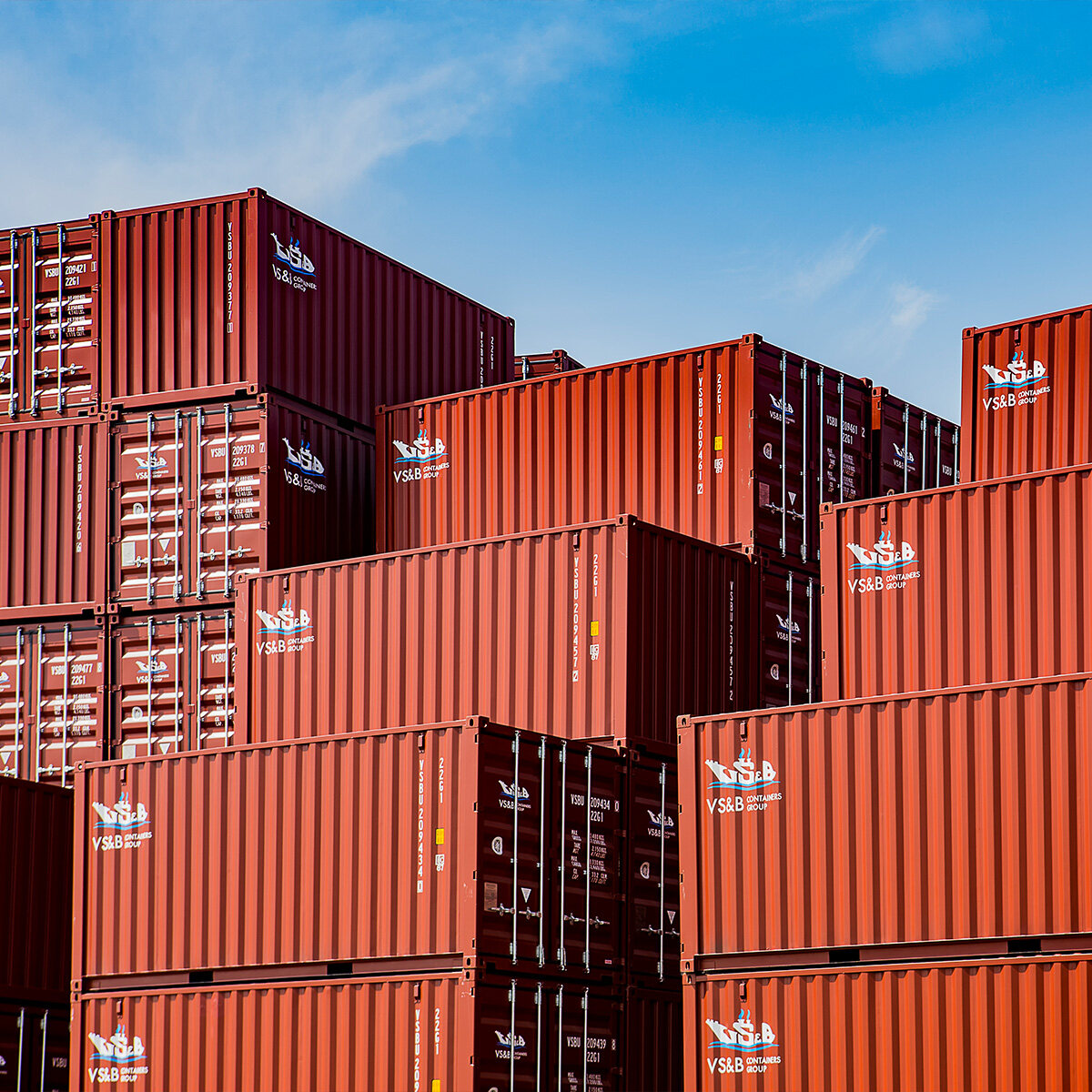Email format error
Email cannot be empty
Email already exists
6-20 characters(letters plus numbers only)
The password is inconsistent
Email format error
Email cannot be empty
Email does not exist
6-20 characters(letters plus numbers only)
The password is inconsistent


fcl or lcl sea freight
Maritime transport is one of the most important modes of transport in international trade. The two most common ways of international sea transportation export are LCL and FCL. What are LCL and FCL?

LCL
It refers to the carrier (or agent), after accepting the small ticket freight with a quantity less than the full container consigned by the cargo owner, sorts it according to the nature of the cargo and the destination. Gather the goods to the same destination into a certain number and put them into boxes.
The whole container assembled in LCL consists of goods from different consignors and consignees.
For example, Company A needs to transport toy products to Australia, but the consignment volume is not enough to use a cabinet, while Company B, Company C, D, E, F, and other companies have the same demand, waiting for several companies to fill the full container before transporting.
Because there are goods from different owners in one box, it is called LCL. This situation is adopted when the consignor's consignment quantity is insufficient to fill the full container. The classification, sorting, centralization, packing (unpacking), delivery, and other work of LCL cargo are carried out at the container freight station or inland container transfer station of the carrier terminal.
FCL
The quantity consigned by the consignor is sufficient for FCL shipment or the consignor requires FCL shipment by sea. Normally, only one consignor transports full container goods to the port of destination, and one consignee unpacks and receives the goods. The unpacking of a full container of goods is generally handled by the consignee, or the carrier can be entrusted to unpack at the freight station. However, the carrier is not responsible for the damage and difference of goods in the container, unless the cargo party proves that the damage is caused by an accident for which the carrier is responsible, and the carrier is responsible for making compensation. The carrier shall take the container as the delivery unit for the full container cargo. As long as the appearance of the container is similar to that at the time of receipt and the lead seal is complete, the carrier has completed the responsibility of carriage. The full container bill of lading shall be added with the clause "The consignor shall pack, count and seal".
Difference between LCL and FCL
Different billing methods
- LCL
LCL freight only has basic freight, which can be calculated by volume and weight:
(1) Calculated by volume, X1=unit basic freight (MTQ) × Total volume
(2) Calculated by weight, X2=unit basic freight (TNE) × Total gross weight
- FCL
The FCL is divided into three parts, and the total freight=the sum of the three parts.
(1) Basic freight=basic freight per unit × Number of full containers
(2) Port surcharge=unit port surcharge × Number of full containers
(3) Fuel surcharge=unit fuel surcharge × Number of full containers
In addition, whether LCL or FCL, the charges are divided into three sections: the first section is the ground charges at the port of departure, the second section is the freight charges, and the third section is the ground charges at the port of destination. The first and third paragraphs are relative, while the freight of the second paragraph will be adjusted according to the marine market.
Different customs clearance procedures
- The full container is just the smallest unit for customs inspection, sealing, and release of export and import countries. As long as the documents submitted by the exporter and importer are reasonable, legal, and complete, the export customs and import customs will clear and release the goods soon after they have completed the relevant procedures and collected the relevant taxes. LCL will not be so simple and fast. The export customs will not release the goods as long as there is a slip in the documents of the goods in the container. In the same container, any cargo that does not pass customs will inevitably affect the timely export and transportation of other cargo.
- The supply of LCL cargo is far less extensive and flexible than that of FCL cargo. It requires the transportation company to recruit and reasonably match some conditions such as the port of shipment, the port of destination, the date of delivery, and the variety, volume, and weight of the cargo, which are suitable for the export cargo of the same container.
- In general, FCL cargo can be directly shipped at inland ports, while LCL cargo is only suitable for delivery at developed coastal ports because there are relatively few inland sources and relatively many coastal sources.

